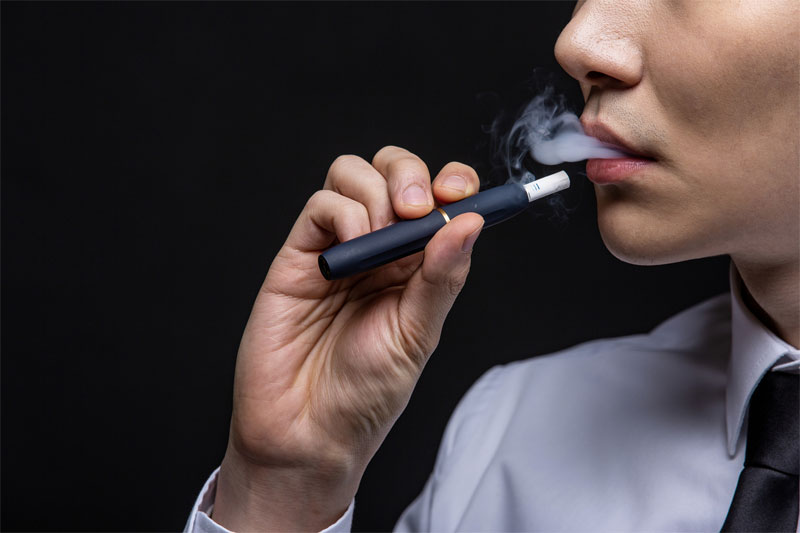
Join the Movement: Parents United in Stopping Vaping and E-Cigarettes is a call to action for all parents concerned about the rising use of e-cigarettes among young people today. The surge in vaping has become a major public health issue, and now more than ever, parental involvement is crucial to halt this epidemic. The campaign focuses on educating families about the dangers of vaping and mobilizing parents to actively prevent their children from falling prey to this modern hazard.
The alarming trend of increased e-cigarette usage among teenagers has prompted many parents to take a stand. The movement led by Parents Against Vaping E-Cigarettes (PAVE) seeks to raise awareness and provide education on the harmful effects of these devices. E-cigarettes, often marketed as a safer alternative to traditional smoking, still pose significant health risks, particularly to the developing adolescent brain. Nicotine addiction, lung injuries, and the gateway potential to other substance use are top concerns associated with vaping.
Understanding the Risks
Parents need to comprehend that the colorful marketing and sweet flavors make e-cigarettes attractive to youth, but their risks are far from benign. According to recent studies, using e-cigarettes can lead to greater susceptibility to nicotine addiction and other health complications. Organizations like Parents Against Vaping E-Cigarettes strive to dismantle the myths surrounding vaping by presenting scientific evidence and real stories of addiction and health issues.
Building a Supportive Community
One of the core elements of this movement is community building. Parents are encouraged to share their experiences and strategies for addressing vaping with their children. Through workshops and forums, PAVE fosters a supportive network where parents can learn and draw strength from each other (). Sharing actionable advice has proven to be an impactful method in encouraging parent-child dialogues about the dangers of nicotine use.
Policy Change Advocacy
Aside from personal conversations, the movement actively lobbies for stricter regulatory policies governing e-cigarette sales and marketing practices. PAVE advocates for regulations that limit flavor availability, restrict advertising targeting minors, and enforce age verification processes during sales. These collective efforts aim to reduce the accessibility and appeal of e-cigarettes to the younger demographic.
The Role of Education
Education plays a critical role in this movement. Parents Against Vaping E-Cigarettes organizes educational campaigns to equip parents, teachers, and community leaders with the tools necessary to inform adolescents about the hazards of vaping. These programs also instruct on healthy coping mechanisms and how to resist peer pressure. By ingraining these lessons early, the movement hopes to foster a more informed youth, less inclined towards experimenting with e-cigarettes.
Getting Involved
To make a difference, parents and community members are urged to get involved in local and national initiatives. Joining Parents Against Vaping E-Cigarettes means becoming part of a united front dedicated to safeguarding the health of future generations. By participating in local demonstrations, attending informative webinars, or simply spreading awareness in their communities, concerned individuals can contribute significantly to the cause.
Parents are also encouraged to engage directly with school systems to promote anti-vaping policies and education. Supporting legislative acts aimed at controlling e-cigarette use is another way for parents to take part in this noble endeavor.

Conclusion
The fight against the vaping epidemic is a collective effort that requires the involvement of informed and proactive parents. By joining Parents Against Vaping E-Cigarettes, individuals contribute to an impactful movement that prioritizes the well-being and future of the youth. By understanding risks, fostering open communication, advocating for policy change, and participating in educational initiatives, parents can play a pivotal role in ending the use of e-cigarettes among young people.
FAQs
What are some common signs my child might be vaping?
Look for unusual sweet scents, increased thirst, nosebleeds, or finding unfamiliar USB-like devices and vape pens.
How can I approach discussing vaping with my teen?

Start the conversation openly and without judgment. Discuss the health risks and listen to their perspective, creating a dialogue rather than a lecture.

What resources are available for help?
PAVE offers many resources including informative guides and community support networks to assist parents in effectively handling this issue.